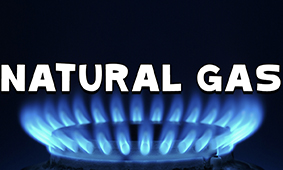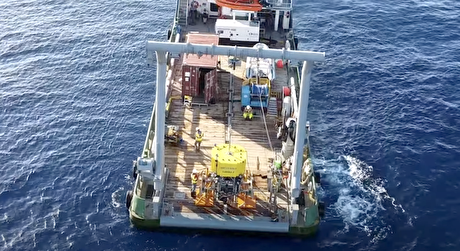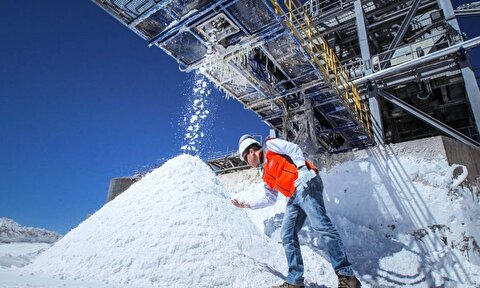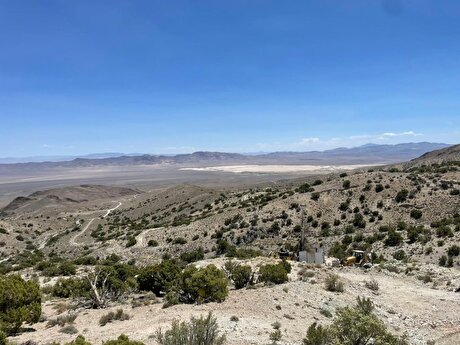
Viewpoint: Permian gas prices may fall in early 2020

Investments in crude drilling in the Permian are slowing down as natural gas supply surges, an ongoing issue as gas infrastructure struggles to meet demand for takeaway. Crude wells in the oil-rich Permian basin, straddling west Texas and southeast New Mexico, produce large amounts of associated gas.
Prices at West Texas' Waha hub are anticipated at $1.211/mmBtu in monthly January business, according to Argus natural gas forward curves, down by 40pc from January 2019's average.
The Waha hub should hover above the $1/mmBtu mark for the first two months of 2020, according to Argus forward curves data, but could fall and perist below it between March-June, depending on weather-related demand, crude production and available pipeline capacity.
Daily prices at the Waha hub hit a five-year low of -$5.23/mmBtu in April. Forward prices are expected to bottom in 2020 for April at an average of about 21¢/mmBtu.
Drilling activity in the Permian basin increased between 2018 and 2019 as producers took advantage of recovering crude prices, but the number of rigs in the Permian has steadily fallen this year. The Permian had 414 rigs about midway through December, a 14pc drop from a year earlier, according to oilfield services provider Baker Hughes.
West Texas Intermediate (WTI) crude prices hit a 12-month low on 27 December 2018 at $44.61/bl, and peaked this year on 23 April at $66.30/bl. The index averaged $56.61/bl over the last 12 months. As the prices of crude drops, the amount of investment and capital possible for rigs and infrastructure in the Permian also shrinks.
As Permian oil and gas well production growth slows, producers who want to keep or increase production levels will need to accelerate their drilling activity, a challenge for those who rely on profitable crude prices.
Another ongoing challenge is constrained pipeline capacity for gas. Even as companies with extensive interstate pipeline networks can take Permian gas east, finding economic capacity is not easy for shippers.
Total Permian gas production reached 16.2 Bcf/d (459mn m³) in November, according to the US Energy Information Administration (EIA). December production is estimated at 16.5 Bcf/d, a monthly increase of about 1.3pc. The Permian accounts for about 19pc of total gas production in the US.
The completion of Kinder Morgan's Gulf Coast Express gave a temporary boost to Permian prices in late September and early October, but once the 2 Bcf/d line reached capacity, prices fell again.
Despite the continuing need for takeaway capacity in the Permian, no new pipeline projects are expected to come online next year. Kinder Morgan announced it would delay completion of its Permian Highway project until early 2021. The pipeline had been scheduled to be in service in the fourth quarter of 2020. The company said the delay was because of slow permitting.
NAmerico Energy Holdings made a similar decision when it announced earlier this year it would push the 2 Bcf/d Pecos Trail pipeline, set to move gas from the Permian to the Gulf Coast, to the middle of 2021. Targa Resources and its partners expect their 2 Bcf/d Whistler pipeline to be in service late 2021 as well.
Slower growth for Permian gas production could eventually lift prices in 2020, but it will do so only with adequate infrastructure for takeaway.
By David Haydon


Gold price eases after Trump downplays clash with Fed chair Powell

Copper price hits new record as tariff deadline looms

Brazil producers look to halt pig iron output as US tariff threat crimps demand

Three workers rescued after 60 hours trapped in Canada mine

Gold price could hit $4,000 by year-end, says Fidelity

US targets mine waste to boost local critical minerals supply

Energy Fuels surges to 3-year high as it begins heavy rare earth production

Glencore workers brace for layoffs on looming Mount Isa shutdown

Chile’s 2025 vote puts mining sector’s future on the line

Kinross divests entire 12% stake in Yukon-focused White Gold

Gold price could hit $4,000 by year-end, says Fidelity

Southern Copper expects turmoil from US-China trade war to hit copper

Ramaco Resources secures five year permit for Brook rare earth mine in Wyoming

Column: EU’s pledge for $250 billion of US energy imports is delusional

Finland reclaims mining crown as Canada loses ground

Gold price down 1% on strong US economic data

Trump’s deep-sea mining push defies treaties, stirs alarm

Chile’s 2025 vote puts mining sector’s future on the line

Gold price retreats to near 3-week low on US-EU trade deal

Gold price could hit $4,000 by year-end, says Fidelity

Southern Copper expects turmoil from US-China trade war to hit copper

Ramaco Resources secures five year permit for Brook rare earth mine in Wyoming

Column: EU’s pledge for $250 billion of US energy imports is delusional

Gold price down 1% on strong US economic data

Trump’s deep-sea mining push defies treaties, stirs alarm

Chile’s 2025 vote puts mining sector’s future on the line

Gold price retreats to near 3-week low on US-EU trade deal

China’s lithium markets gripped by possible supply disruptions














